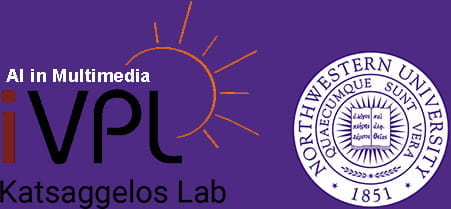
Abstract
X-Ray fluorescence (XRF) scanning of works of art is becoming an increasing popular non-destructive analytical method. The high quality XRF spectra is necessary to obtain significant information on both major and minor elements used for characterization and provenance analysis. However, there is a trade-off between the spatial resolution of an XRF scan and the Signal-to-Noise Ratio (SNR) of each pixel’s spectrum, due to the limited scanning time. In this project, we propose an XRF image super-resolution method to address this trade-off, thus obtaining a high spatial resolution XRF scan with high SNR. We fuse a low resolution XRF image and a conventional RGB highresolution image into a product of both high spatial and high spectral resolution XRF image. There is no gauruntee of a one to one mapping between XRF spectrum and RGB color since, for instance, paintings with hidden layers cannot be detected in visible but can in X-ray wavelengths. We separate the XRF image into the visible and non-visible components. The spatial resolution of the visible component is increased utilizing the high-resolution RGB image while the spatial resolution of the non-visible component is increased using a total variation superresolution method. Finally, the visible and non-visible components are combined to obtain the final result.
